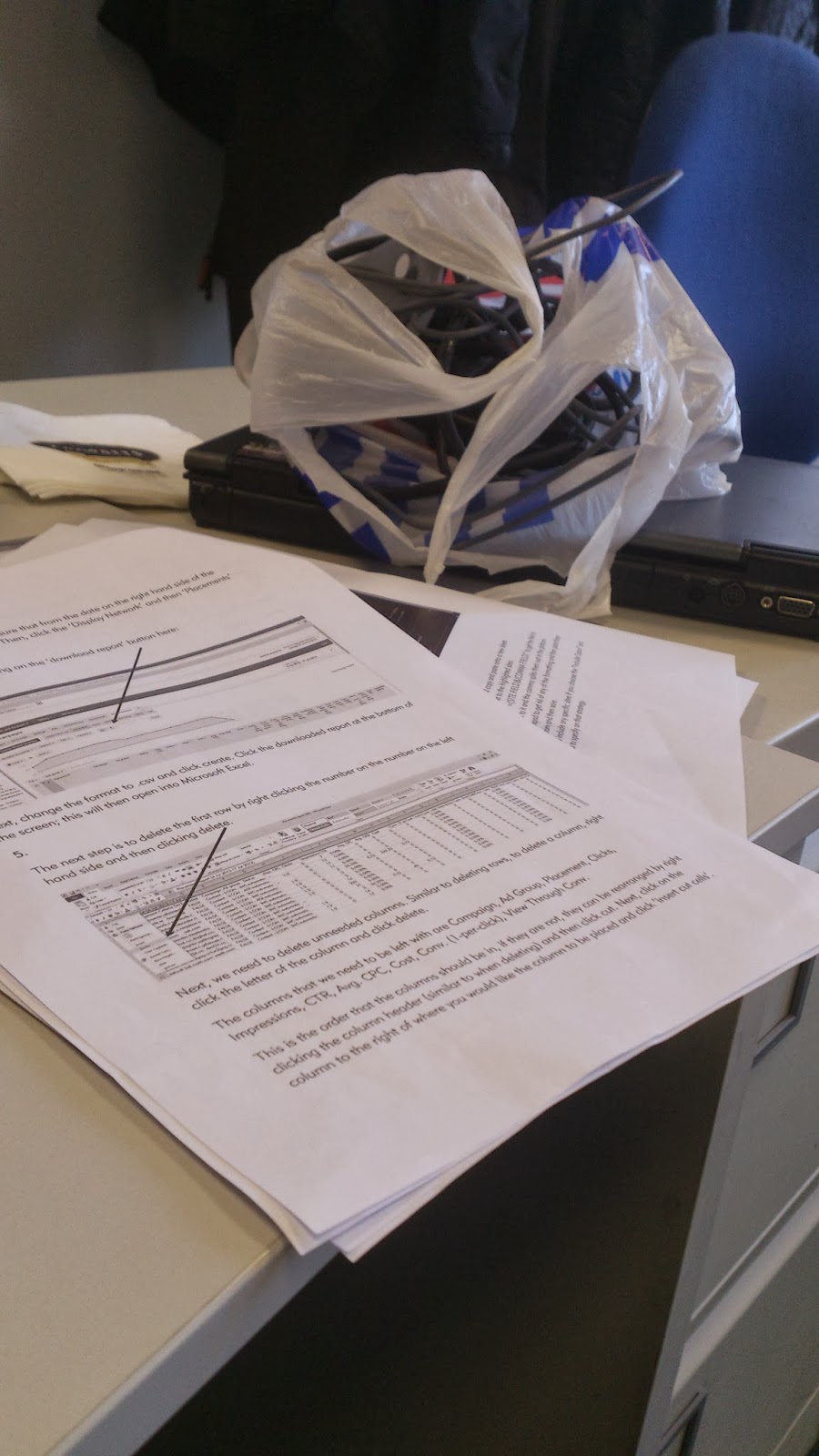So here we are again; in the world of AMNET at Carat! One of the first things I did today was attend a short lecture from the Head of Social on the industry developments surrounding SMM and its implications within Carat. It was very enlightening, featuring several infographics and colourful images demonstrating the power of the tool in such a concise and imaginative way; (unfortunately I haven't been able to get a copy of the Powerpoint to show on here yet, but hopefully I'll come across it next week and update this post!)
The presentation was very interesting, specifically the idea of interaction on the part of consumers when it comes to social, the interaction with brand pages being conceptualised as the "Zero-th Moment of Truth," the stage preceding the point at which you see a product on the shelf (1st moment) and then buy it (2nd moment.) This contributed massively -I thought- to the idea of social commerce (where we 'sell' goods to each other) because most social interactions tend to come from a viral or 'eWOM' effect, (I may discuss this more in a future post.)
After the presentation, the real work commenced: First of all I was shown through the various metrics surrounding new platforms such as MediaMath & DFA (Doubleclick for Advertisers.) These programmes are essentially cross-reference programmes for advertisers and publishers showing the performance of ads placed on various channels. This makes it particularly important for display advertising, the transaction process for which I've reconstructed below for your benefit. Check out the advertising I'm giving Carat right now!
Display Marketing: A Simple Transaction Process
It was quite daunting listening to someone explain how it all worked, a great deal of it going over my head initially to be honest. I was shown the process -using Excel- of creating a VLOOKUP, a tool with which you can link together two different spreadsheets, which I have yet to actually use in practice so hopefully we'll see how much I can remember next week!
 What I did today primarily consisted of working with Excel reports sent over from DFA and MediaMath, analysing some keywords and campaigns along with CPC/CTRs as well as CPAs (Cost per Acquisition.) The workbooks tended to consist of greater numbers of spreadsheets, which can easily snow you under with too much to do of course if you're not very organised. Fortunately, after a bumpy start, I got the hang of organising the data through KPIs such as Clicks and Conversions, highlighting data as I went and sending off the workbooks to my colleagues.
What I did today primarily consisted of working with Excel reports sent over from DFA and MediaMath, analysing some keywords and campaigns along with CPC/CTRs as well as CPAs (Cost per Acquisition.) The workbooks tended to consist of greater numbers of spreadsheets, which can easily snow you under with too much to do of course if you're not very organised. Fortunately, after a bumpy start, I got the hang of organising the data through KPIs such as Clicks and Conversions, highlighting data as I went and sending off the workbooks to my colleagues.In all, today I've worked with interesting people and have enjoyed working with the programmes I've been getting used to over this last month or so. It's really proved useful so far, so much so in fact that one of my assignments for university will be needing some Excel skills like Pivot tables, something that I was completely clueless about until I came to Carat! And it is with great anticipation that I will see you next week, when I will probably be going through the results of the campaigns I've been analysing!














